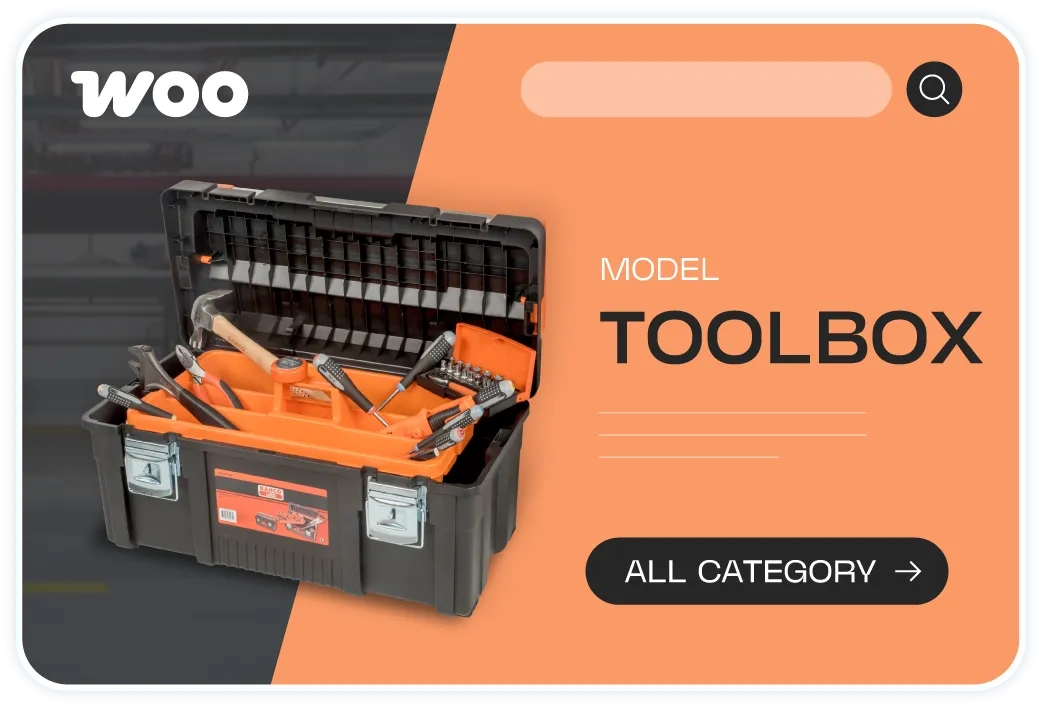Shopp to WooCommerce Migration
In this case study, we helped a U.S.-based warehouse migrate their data from the outdated Shopp plugin to WooCommerce. The project involved complex custom product data and limitations with the old platform, requiring a tailored migration strategy from our LitExtension experts. Keep reading to see how we made it happen!

Data We Successfully Migrated
Products
Customers
Custom Data
About Our Client
Our client is a U.S.-based stocking warehouse that supplies expendable items to automotive and equipment repair shops. Founded in 1997, the business has spent decades building reliable relationships with service providers across the country.
Since Shopp was officially discontinued, the plugin became increasingly unstable and incompatible with newer WordPress versions. It also lacked the integrations the business needed to operate efficiently. To modernize, the client chose WooCommerce – a native WordPress plugin that transforms any site into a fully functional eCommerce store, offering seamless compatibility and far more flexibility.
In their search for a Shopp to WooCommerce migration solution, LitExtension stood out as one of the few providers offering this specialized service. Combined with our decade-long track record and consistently positive customer reviews, the client trusted us to deliver a secure, seamless transition.
Our Client’s Requirements
To ensure a smooth and complete transition to WooCommerce, the client outlined several key requirements tailored to their store setup and data structure:
- Migrate all product and customer data from Shopp to WooCommerce.
- Custom migrate product-related fields built with a third-party plugin, then map them into WooCommerce’s product gallery.
- Clear all existing data on the WooCommerce store before starting the migration.
- Create 301 redirects for product and category URLs to preserve SEO and ensure smooth redirection post-migration
The Challenges
The key complexity in this project was handling custom product data created using a third-party plugin. These custom fields were used to store additional image galleries for individual products – a critical part of the store’s visual presentation.
Since such fields don’t follow a universal format, migrating them without proper handling risked losing essential product visuals. Our team needed to thoroughly examine how the plugin stored this data in order to preserve both structure and content during migration.
Our Solution
To handle the custom product fields built with the third-party plugin, our team first examined the plugin’s database structure in detail. We then created a tailored mapping setup to extract the additional image data and correctly import it into WooCommerce’s product gallery.
For the remaining requirements, we carried out the All-in-One Migration Service as usual. This included migrating all products and customer records, along with applying two Additional Options at no extra cost:
- Clear current data on WooCommerce before migration.
- Create the 301 redirects for Products/Categories on WooCommerce after migration.
Project Timeline
Migration Preparation
- Technical consultation: 1 day
Demo Migration
- Run Demo Migration and wait for client’s confirmation: 2 days
Full Migration
- Run the Full Migration and review: 2 days
Project Handling
- Project reviewing based on client’s feedback: 1 day
What Customer Thinks About Us
“Really happy with how the migration went. Everything works like it should, and the whole process felt smooth from start to finish.”




